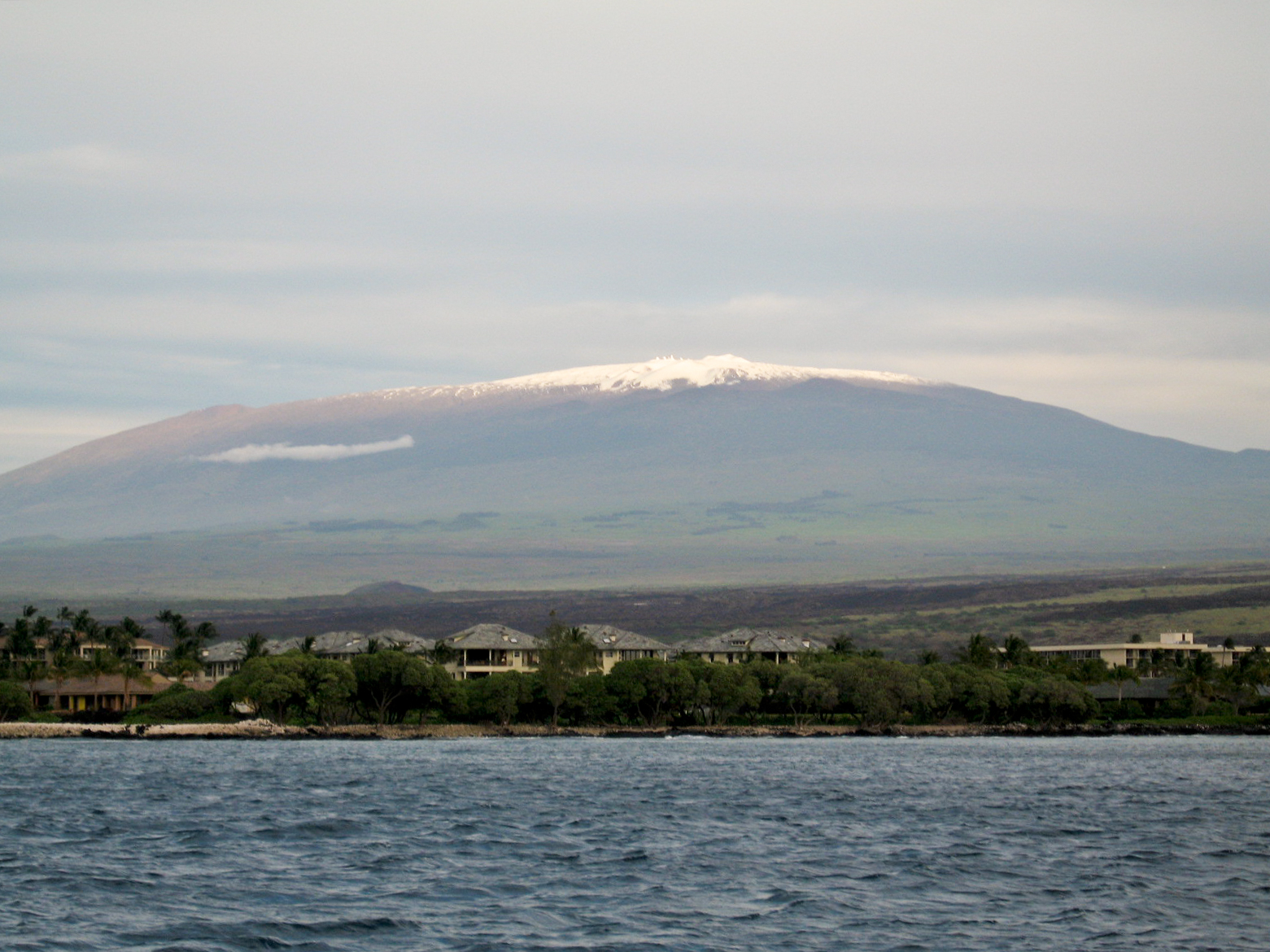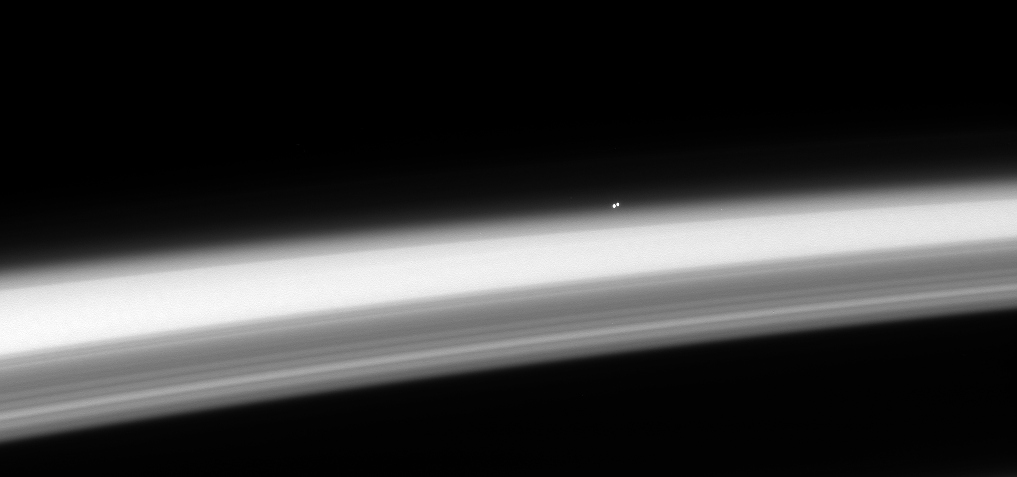At the end of 2011 I was in denial about the kind of year I’d
just had. There were many external suggestions that I’d had a good year. Last
year I graduated from college, completed my first internship at Boeing, started
grad school, and completed work on what would become my first conference
presentation paper. The Space Shuttle program drew to a successful, safe close,
an Aggie commanded the International Space Station for half the year, Curiosity departed Earth bound for Mars,
and the first 787 was delivered to All Nippon Airlines. Unemployment stayed
unfortunately high by American standards throughout the year, but it seemed to
be coming down, and the long recovery from the financial madness of the
mid-2000s continued steadily if not briskly. Overall, 2011 was a good year for
the United States and my academic and corporate alma maters, but it was a
personally difficult time for me.
It’s hard to be clear about what exactly was so difficult last
year. Partly it was a transition from thinking “This next” to “Now what?” In high school
I was fixated on performing well academically so I’d be able to have the best
college experience possible, and in college I did the same with an eye toward
grad school. Growing up I got the message that I was good at school, that more
education is always better, and internalized somewhere deep in my mind that
climbing as high as I could on the academic ladder was the most important task
I had in front of me. When I got to the last rung on the ladder, grad school,
and found that my talents and skills were a poor match for what makes people
successful there, my mind’s first response was anxiety.
By the end of the year I realized that my unhappiness with the
program I was in wasn’t going away, and took steps to start changing things. I
switched advisors, took classes in design rather than theory, and decided to
try an internship in structural testing over the summer. My second tour in the Boeing internship program confirmed that I prefer working in the land of experiment
to the land of theory, and that I’m happy working at Boeing and living in
Seattle.
When I found out that I no longer had funding for my master’s
program, the “Now what?” questions flared up again. I wanted to tough it out
for another year, at least, to finish my MS, but knew that I was happier
working on test programs in the lab than I was in College Station trying to
conceive of a thesis topic. The decision to put grad school on hold and start
work full time would’ve horrified the immature, high school version of me bent
on pursuing formal education to the expense of everything else in my life, but
it’s been a convincingly good decision for me. I’ve been able to cool off over
the last few months, start the process of getting my priorities straight, and I’ve
seen some interesting places along the way.
Externally, 2012 has been an interesting year. Barack Obama was
reelected, something I’m rather apathetic about, but there is the historical
curiosity that this is the first time since Jefferson-Madison-Monroe (1801-1825) that three
consecutive presidents have been reelected. It was the first year since 1987
that no manned spacecraft launched from American soil, due to the retirement of
the Space Shuttle and the epically delayed SpaceShipTwo
development. China’s space program did better on the propaganda front,
manning their Tiangong 1 space station for the first time (making this year the first since 2001 with two space stations on orbit simultaneously), but more American
than Chinese astronauts flew in 2012. SpaceX’s two successful automated
delivery flights to the ISS were a triumph for private enterprise and the
future of American human spaceflight. By some miracle, everything worked that needed to work on the Curiosity entry, descent, and landing bus, and the rover now has a productive decade of science ahead of her in Gale Crater. 2012 turned out to be a major year of
transition in the aerospace industry, too.
Where 2011 was a year of frustration and pushback, 2012 was a
year of exploration and renewal. My path’s changed a bit from my plans of the
end of the last decade, but I think the trajectory is still good. This was a
good year for me, and I’m optimistic about what’s to come. In the next year, I’ll
be moving to a new place, starting a new job, and defining what I want my post-college
life to look like. Who knows what else 2013 might bring?
Just for reasons, here are a few records and fun facts on my travel and reading for the
year:
-Furthest north: Vancouver, British Columbia
-Furthest south: Ka Lae cape, Hawaii (also the southernmost point
in the United States)
-Furthest east: The Capitol, Washington, DC
-Furthest west: Barking Sands Beach, Kauai, Hawaii (this is also
a personal record for furthest west)
-Highest elevation: Mauna Kea summit, 13,803 ft above sea level (I'm not positive, but I think this is a personal record for highest elevation on the ground)
-Lowest elevation: Sea level (in Hawaii and Washington)
-Longest single-day drive: Phoenix, Arizona to Twin Falls, Idaho,
about 790 miles.
-2012 was the first year since 2007 in which I never went to
Florida.
-I traveled to Virginia and the District of Columbia for the first
time in 2012. This means that I’ve now been to exactly half of the 50 states,
and puts me on track to visit every state by 2035.
-I’ve now accumulated more than three weeks in Hawaii, meaning
that Hawaii is sixth on the list of states I’ve spent the most time in (after
Arizona, Texas, Washington, Illinois, and California).
-I visited two new islands for the first time: Kauai and Hawaii,
both in the state of Hawaii.
-My record for furthest west was broken in November, during my
trip to Kauai. The previous record was set in 2007 at Pearl Harbor on Oahu.
-My first flight of the year was on January 4, between Phoenix
(Deer Valley) and Page, Arizona.
-My last flight of the year was on December 12, between Honolulu
and Phoenix (Sky Harbor). There were more people with me this time.
-I read a number of surprisingly good books this year, so picking
a best is difficult. The Spirit of St.
Louis and The Moon is a Harsh
Mistress are both excellent, but my favorite was Flannery O’Connor’s short
story collection Everything That Rises
Must Converge. Everything about O’Connor’s writing, from the imagery to the
character interaction, to the basic prose just works to make an intense but delightful experience.
I hope you had, on balance, a good 2012, and best of luck in the
year to come.































